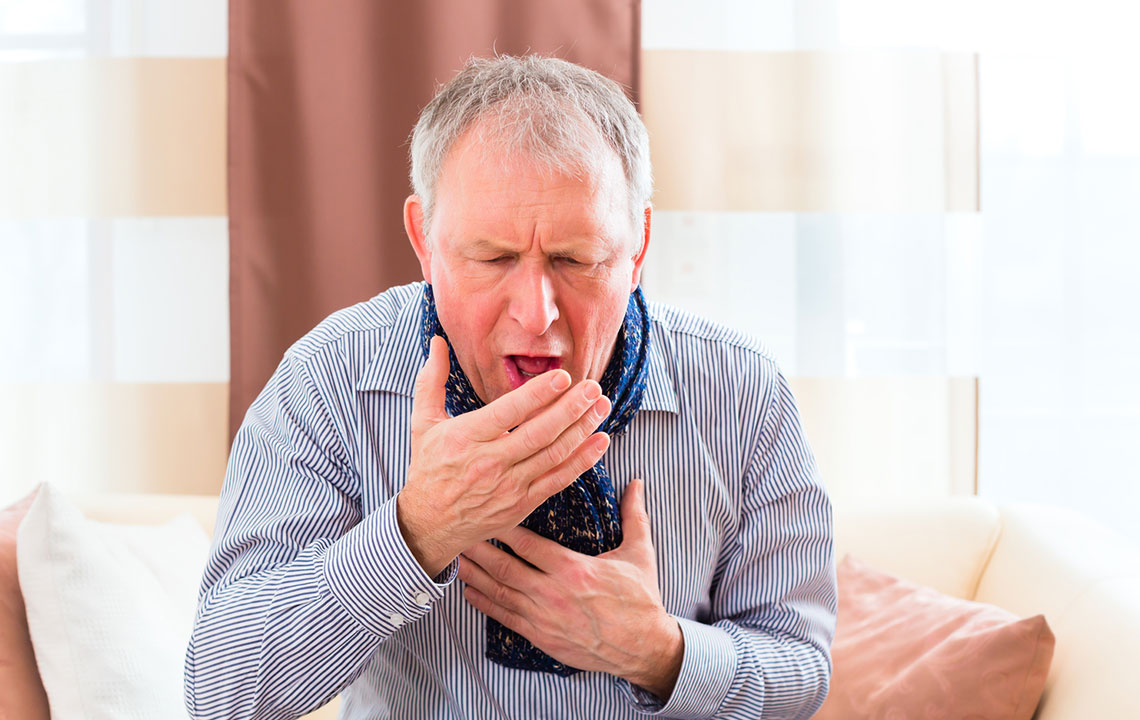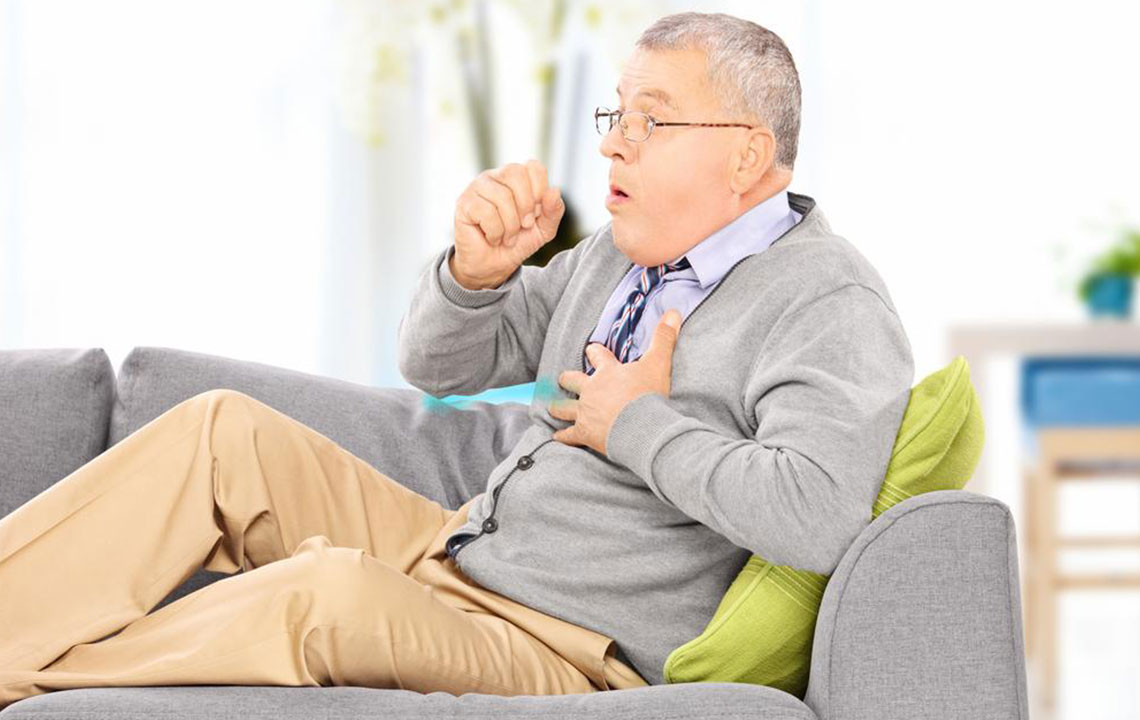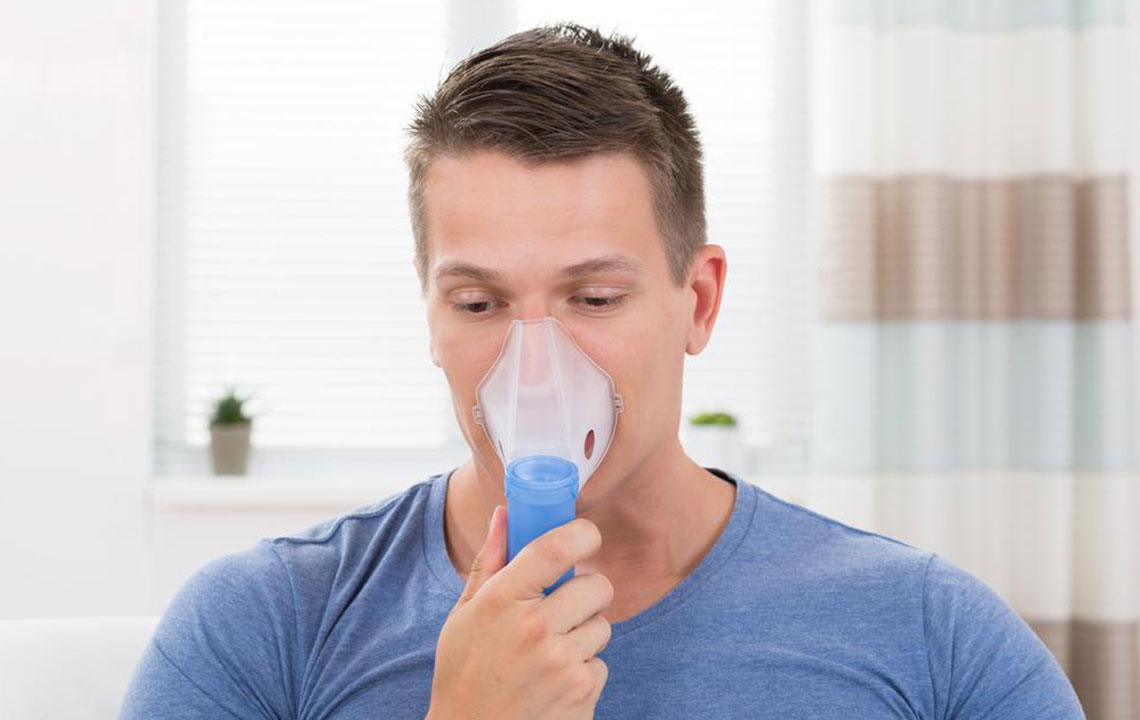Understanding COPD: Causes, Symptoms, and Management Strategies
Discover essential insights into COPD, including its causes like smoking and pollution, symptoms to watch for, and effective management strategies. Timely diagnosis and lifestyle changes are crucial for improving quality of life with this chronic condition.

Understanding COPD: Causes, Symptoms, and Management Strategies
Chronic Obstructive Pulmonary Disease (COPD) is a lung disorder that hampers normal respiration. It involves inflammation and blockage of airflow, leading to breathing difficulties. COPD encompasses several respiratory conditions such as emphysema, chronic bronchitis, and refractory asthma. Common symptoms include persistent coughing, wheezing, mucus production, and shortness of breath. The disease increases risk for heart issues, lung cancer, and other health problems. Prolonged exposure to harmful irritants is the primary cause of COPD.
Inhalation of pollutants and toxins damages lung tissues, resulting in progressive impairment. While smoking is the dominant risk factor, other causes include environmental pollution and genetic factors.
Key contributors to COPD development include:
Tobacco smoking – Over 80% of COPD cases are linked to cigarette use. Combustion releases thousands of harmful chemicals that damage lung tissue and airways, impairing the lungs’ ability to fight infections and causing airway inflammation.
Additional factors include:
Environmental exposure – Long-term inhalation of polluted air, dust, chemical fumes, and passive smoke can trigger lung damage.
Genetic predisposition – Rarely, genetic deficiency of proteins like alpha-1 antitrypsin can lead to COPD, affecting lung protection.
Symptoms often remain unnoticed until significant lung damage occurs. Exacerbations or flare-ups highlight symptoms such as continuous cough, breathing difficulties after exertion, mucus buildup, swelling in limbs, weight loss, and fatigue. Severe cases demand immediate medical intervention, especially with breathing issues or fainting.Managing COPD
While COPD is incurable, proper diagnosis and treatment can effectively control symptoms and improve quality of life. Treatment options include:
Oxygen therapy – Supplemental oxygen improves oxygen levels using masks or nasal cannulas, often portable for ease during daily activities.
Medicines – Bronchodilators relax airway muscles, making breathing easier, administered via inhalers or nebulizers. Anti-inflammatory steroids reduce airway swelling. Vaccinations against influenza and tetanus are recommended to prevent infections.
Surgical procedures – Severe cases may require lung surgery, such as bullectomy, lung volume reduction surgery, or lung transplantation, especially when other treatments fail.
Lifestyle adjustments are vital. Quitting smoking, avoiding pollutants, and maintaining good nutrition help alleviate symptoms. No specific diet is mandated, but balanced nutrition supports overall health.









